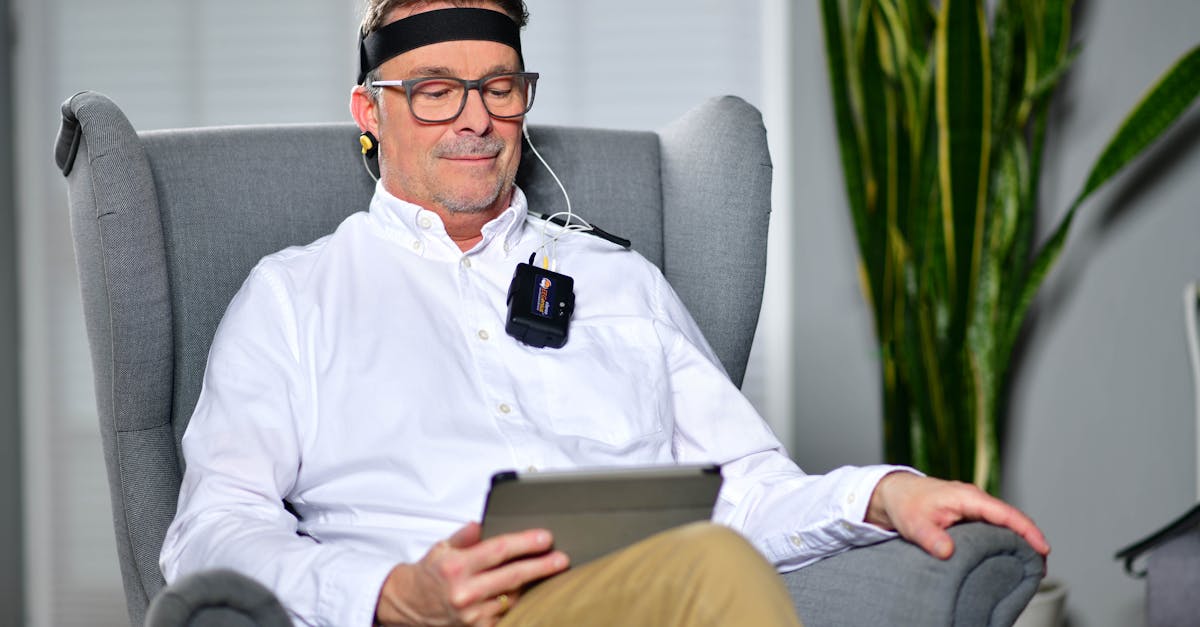Galvanic Vestibular Stimulation (GVS)
A detailed overview
GVS involves the application of weak electrical currents (typically less than 1mA) to the mastoids which are the bony protrusions behind the ears. These electrical currents change activity in the vestibular nerve which runs underneath from the inner ear to the brain. Once in the brain, the vestibular signals run far and wide to processes involved in sensation, cognition, movement and emotion.
Professor Wilkinson’s lab has honed the therapeutic application of vestibular stimulation for the last 20 years, and is one of the foremost in the world. He has published many clinical studies and worked with industry and the NHS to secure clinical approval to apply vestibular stimulation to several different patient groups. He has used the technique extensively in brain injury and Parkinson’s disease (see https://pubmed.ncbi.nlm.nih.gov/34047226)
The compelling benefits of vestibular stimulation have been highlighted by the media and, accordingly, use of the technique is spreading rapidly.

The electrical signals used in GVS are generated by a small, battery powered unit and flow to electrodes placed on the mastoids.

GVS is considered to be a low risk procedure. However, some people do report temporary side effects such as skin redness, itching and tingling at the electrode site. Others might feel nauseous, headache or dizziness although again these side-effects should pass quickly. A member of our therapy team will talk to you about these possible side-effects.
Research paper for further reading: https://pubmed.ncbi.nlm.nih.gov/34047226/
For a full list of Prof. Wilkinson’s published studies please see here: https://www.kent.ac.uk/school-of-psychology/people/253/wilkinson-david
For a general overview of non-invasive neurostimulation, written by Prof. Wilkinson & Dr. Bodani, please see https://kar.kent.ac.uk/59334/1/265801595.pdf